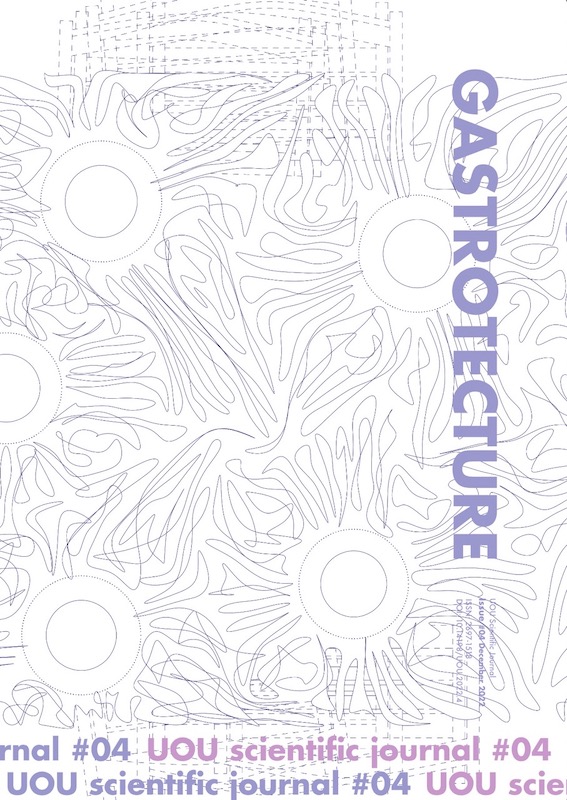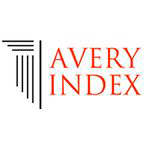VIRTUAL PHENOMENOLOGY: A Critical Essay about the Relationship between Virtual Environments and the Senses
Abstract
Keywords: Immersive, Virtual, Phenomenology, Senses, Gustatory.
This article focuses on the content, process, and outcome of the design brief titled virtual phenomenology under the professional elective course DDFT 473 – Virtual Environments. The emphasis of the course tackled the relationship between the virtual realm and the senses using virtual reality HMD and controllers as tools allowing students the possibilities to create virtual spaces inside virtual reality. Students spent more than 50 hours inside the virtual void trying to correlate and ignite specific senses in relation to each created virtual space. Despite the tremendous researches related to immersive education, this article attempts to showcase the process and outcome within the framework of VR Sketch application and how the usage of VR technology affect and empower the creation of virtual spaces through the senses rather than focusing on a traditional 2D iterative method of creating architectural spaces.
Funding
The Center for Research, Innovation, and Design (CRID) - American University in DubaiDownloads
References
Adams, E., (2004). Postmodernism and the three types of immersion. Gamasutra: The art & business of making games.
Blascovich, J., & Bailenson, J. (2005). Immersive virtual environments and education simulations.
Geris, A., & Ozdener, N. (2020). Virtual and augmented reality in education, art, and museum. Design models for developing educational virtual reality environments: A systematic review.
Kung Wong Lau & Pui Yuen Lee, (2012). The use of virtual reality for creating unusual environmental stimulation to motivate students to explore creative ideas. Available at https://www.tandfonline.com/doi/abs/10.1080/10494820.2012.745426
Pallasma, J. (2012). The eyes of the skin: Architecture and the senses. The taste of stone. Wiley; 3rd edition, 59-60.
Parong, J., & Mayer, R. E., (2018). Learning science in immersive virtual reality. American Psychology association. Available at https://psycnet.apa.org/record/2018-03101-001
Downloads
Published
How to Cite
Issue
Section
License
Copyright (c) 2022 Georges Kachaamy

This work is licensed under a Creative Commons Attribution 4.0 International License.
The authors keep their rights upon their work, although they transfer, in a non-exclusive way, the rights of exploitation (reproduction, publication, distribution, public dissemination and presentation) to the Journal. The authors are, therefore, free to enter additional, separate contracts for the non-exclusive distribution of the version of the work published in the Journal (for instance, by hosting in an institutional repository or publication in a book), provided credit is given that the work was initially published in this journal. The works are published under a Creative Commons Attribution 4.0 (CC BY 4.0) license.












